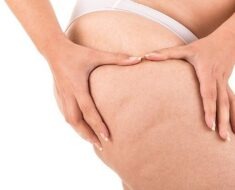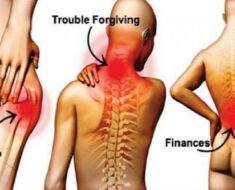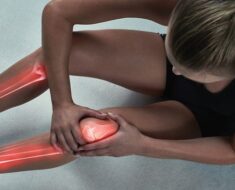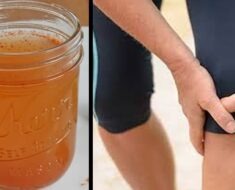
So, you want to give the keto diet a try and start maximizing the amazing benefits it has to offer ASAP?
I don’t blame you.
The ketogenic diet can change your life for the better, but before you can reap the rewards, you first need to reach ketosis.
Ketosis is a normal metabolic state that occurs when you deprive your body of carbohydrates, which are the body’s main source of energy.
When you consume too few carbohydrates, and therefore don’t have enough glucose (sugar) for fuel, your body is forced to turn to fat for energy.
As a result, the fat gets broken down into ketones and once you reach ketosis, these become your body’s main source of energy.
So the only way to reach ketosis is to deplete your glycogen stores (stored glucose) so your body can start burning fat instead.
This post will walk you through how to reach ketosis quickly and become a fat burning machine!
How to Get Into Ketosis Fast
You’re probably wondering, ‘How long does it take to get into ketosis?‘
While the answer varies, because everyone follows different steps to get there, you can expect anywhere from 24 hours to a week.
Everybody wants fast results, whether it’s in the form of weight loss or getting rich. It’s just how us humans operate (I swear I’m not a robot pretending to be a human).
Luckily, not everyone has to spend a week trying to reach ketosis.
If you’re looking to skip the long lines and learn how to get into ketosis in as little as 24 hours, follow these easy steps.
1. Stock Up On Keto-Friendly Foods
Before you even start the ketogenic diet, you need to be prepared so you can set yourself up for success.
The first thing you need to do is stock up on keto-friendly foods, such as healthy fats, lean protein sources, and low carb fruits and vegetables.
And this goes without saying, but don’t forget to get rid of any temptations from your past (carb) life: cereal, bread, pasta, sugar, and potatoes to name a few.
Check out this list of foods to avoid when going keto and get rid of them!
2. Drastically Reduce Carbohydrates
Cheese bread? Thank u, next.
In order to be successful on the keto diet and reach ketosis quickly, it’s crucial you understand that reaching ketosis can only be done through a starvation of carbohydrates.
This is NOT the same as a starvation of calories.
As long as glucose is still in supply, your body can’t move into ketosis. So what do you do?
You need to keep your daily carbohydrate intake between 20g to 30g or less each day, which is roughly 5% of your daily caloric needs.
Since you’re eating so few carbs, you need to make sure you’re supplementing the rest of your diet with high fat and moderate protein intake.
You should still be consuming a healthy amount of calories, but only a small portion should be coming from carbs.
Make sure the majority of your carbs are coming from low carb fruits and vegetables to ensure you’re getting the vitamins and nutrients your body needs.
3. Increase Healthy Fats
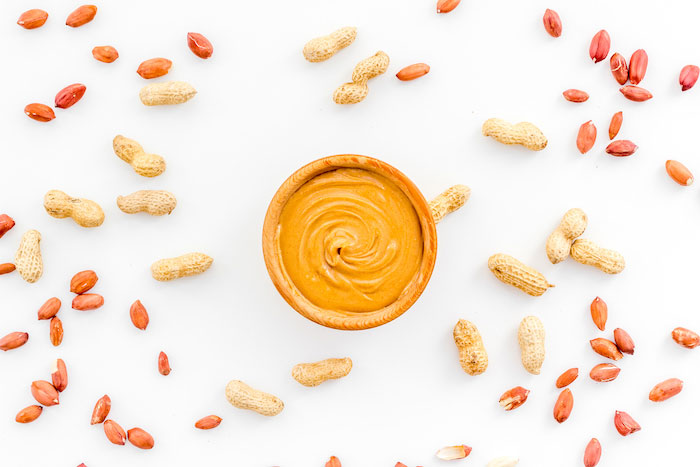
Not all fats are created equal!
Repeat it with me:
Not all fats are created equal!
In order to reach ketosis, you need to get 70% of your daily caloric intake from fats.
However, you want to avoid foods high in trans fat and saturated fat, as they’re linked to increased blood cholesterol levels and LDL levels, as well as other harmful health problems.
Unhealthy fats include, but are not limited to:
- Fried foods
- Margarine
- Processed foods
- Animal fats
- Fatty cuts of beef, pork, lamb
- High-fat dairy foods
You need to understand that there is a difference between healthy fat and unhealthy fat, and it’s important you’re consuming mostly the healthy ones.
Healthy fats and protein sources you should focus on include:
- Avocados
- Coconut oil
- Fish
- Nuts
- Olive oil
- Poultry
- Nut butters – this perfect snack is made with MCT oil, macadamias, cashews and coconut!
- Seeds (sunflower, etc.)
- Whole eggs
It’s okay to consume red meat, dairy products, and other fatty foods on occasion. However, calories and sodium levels are among several factors to consider when choosing the fats you consume.
You can learn more about the difference between healthy and unhealthy fat sources here to get an idea of what to avoid.
4. Take MCT Oil
MCTs, or medium-chain triglycerides, are fatty foods that contain medium-length chains of fat known as triglycerides.
Since they are shorter in length than other dietary fats, MCT oils are easily digested and have several health benefits linked to them.
MCT oil can boost your blood ketone levels much more than any other dietary fat, such as butter or coconut oil, meaning it can help you reach ketosis at lightning speed (or pretty darn close…).
5. Watch Your Protein Intake
Since your carbohydrate intake has decreased drastically, it can be easy to go a little overboard with protein consumption.
While protein is good for you, you don’t want to consume more than 25% of your daily caloric intake from protein.
Too much protein can actually end up being converted into glucose, which will prevent you from reaching ketosis.
6. Supplement with Exogenous Ketones
If you’ve ever wondered how to get into ketosis in 24 hours, this is your best bet.
Exogenous ketones are a naturally occurring supplement that boost your blood ketone levels, ultimately helping you reach ketosis faster.
In a nutshell, they signal to your body to switch from glucose to ketones as its main energy source.
BHB, or beta-hydroxybutyrate, are the most effective exogenous ketones, as BHB is the most abundant ketone in the body (they make up 78% of all ketone bodies in the blood).
So if you really want to reach ketosis as quickly as possible, try adding some of these exogenous ketones to your diet.
But remember, you still need to eat a low carb, keto diet by following the proper macros (70% fat, 25% protein, 5% carbs).
These are just an easy way to speed up the process of switching from glucose to fat for energy.
7. Try Intermittent Fasting
The main purpose of intermittent fasting is to quickly use up your glycogen stores so your body can start burning fat to produce ketones for energy.
With intermittent fasting, there are different intervals you can choose, but the 16/8 method is the most common.
What this means is that you don’t eat anything for 16 hours and then eat all your meals during an 8-hour window.
Because you aren’t eating anything for 16 hours, your body is able to quickly burn through your glycogen stores instead of getting energy from food you’d normally eat during this time.
Intermittent fasting is a great way to kickstart ketosis and has a bunch of other great benefits as well.
8. Work(it)out

Exercising is a great way to not only stay in shape but also quickly deplete glycogen stores since your body needs a way to fuel your workout.
It doesn’t need to be anything crazy. A simple 30-minute walk will do, or you can do something with a little more intensity.
The point is to get your body moving and burning more calories and glycogen than you would just sitting around watching TV.
To maximize results, try working out on an empty stomach or during your fast to burn even more glucose (glycogen).
Looking for some workout ideas?
- 10 Fat Burning Workouts To Get Your Heart Pumping
- 11 Powerful Yoga Poses for Weight Loss
- Top 10 Fat Blasting Yoga Workout Videos for Fun Weight Loss
9. Drink Yo’ Water!
One common mistake people tend to make when following the keto diet, or any low carb diet for that matter, is not drinking enough water.
Normally, the body stores carbohydrates with water and that excess water is used throughout the day to keep you hydrated.
However, since you’re drastically reducing your carb intake, you no longer have that stored water to keep you hydrated throughout the day.
As a result, you may experience dehydration, among other symptoms such as headaches and constipation, if you don’t drink plenty of water throughout the day.
As a general rule of thumb, you should aim for at least 90 ounces of water each day.
10. Don’t Neglect Minerals & Electrolytes
Due to the lack of carbohydrates and therefore water retention, the body loses water very quickly, causing dehydration.
Along with it goes vital minerals like sodium, potassium, and magnesium.
To combat this, make sure to add salt to your meals and consume foods that are rich in potassium and magnesium (avocados, leafy greens, etc.).
Or, you can skip the guessing games and take these Perfect Keto Electrolytes that contain sodium, potassium, calcium, and magnesium.
11. Stick To The Basics
When starting anything new, it’s best to stick to the basics.
Find yourself simple recipes with simple ingredients that are quick and easy to make.
You will probably also want to avoid consuming too much dairy, bacon, and other heavy foods that most people associate with keto.
Otherwise, you’ll most likely end up feeling “sick” from all the heavy meals you’re eating.
When starting out on the keto diet, The Perfect Keto Starter Bundle from Perfect Keto is well, perfect!

Go Be a Fat-Burning Machine
With a plan in place, all you need is a little action and you can start living that keto life.
These simple tips will set you up for success and help you reach ketosis quickly while also minimizing any side effects associated with the process. #doublewin
Now get to work!
